NCERT Solutions for Class 4 EVS Chapter 8 - How Things are Made
| Table of contents |

|
| Page No. 119 |

|
| Page No. 120 |

|
| Page No. 121 |

|
| Page No. 122 |

|
| Page No. 123 |

|
| Page No. 125 |

|
| Page No. 127 |

|
Page No. 119
Activity 1
Make Recycled Paper
1. Collect materials: Old newspapers, some fenugreek seeds (methi) and water.
2. Prepare the paper pulp: Tear the newspapers into small pieces and soak them in water. Put a small quantity of fenugreek seeds in the water and leave it overnight. The fenugreek seeds are used as a binding material.
3. Using a grinder, blend or mash the soaked paper and fenugreek seeds, to create a wet mixture. Soaked paper can also be mashed using hands or any other available tool.
4. Roll out: Spread the paste on a flat base and roll it out into thin sheets.
5. Leave the rolled sheets of paper to dry. Your recycled paper is ready!

Page No. 120
Activity 2
Q: Colour and design the paper you have made.
Natural Colour Experiment
Cut the recycled paper into pieces of same size. Colour them using natural ingredients mentioned in the table below. You can use any other natural ingredients as well. Make sure that the quantity of ingredients used is the same for colouring each piece of paper. Write down your observations in the table below.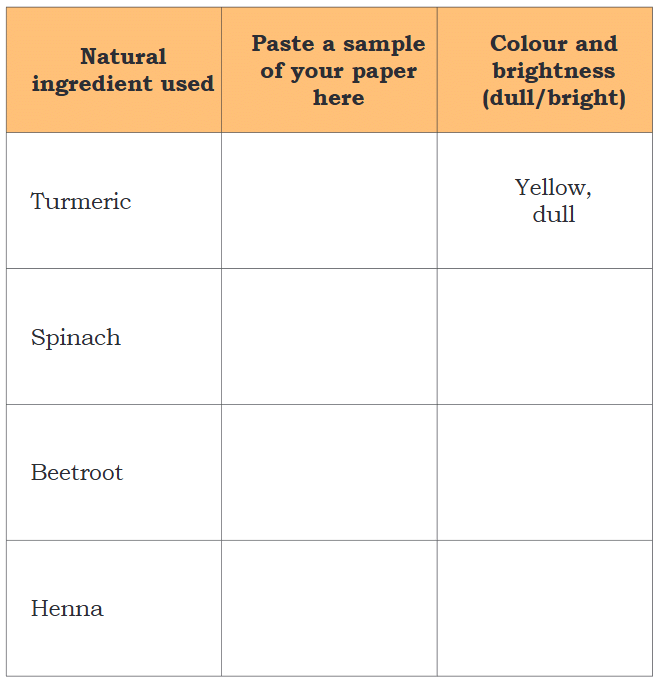 Ans:
Ans:
Suggestion: Colour and design: Take the recycled paper you made. Use natural colours like turmeric, spinach, beetroot, or henna to paint or decorate it. You can draw patterns or designs to make it look beautiful.
Natural Colour Experiment:
- Cut the recycled paper into equal-sized pieces.
- Use the same amount of each natural ingredient to colour each piece.
- Observe the colour and brightness (dull or bright) and fill the table below:
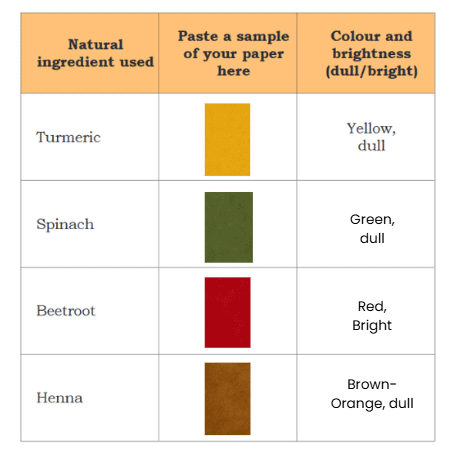 Note: The answers for spinach, beetroot, and henna are based on common results. You should observe and write their actual findings.
Note: The answers for spinach, beetroot, and henna are based on common results. You should observe and write their actual findings.
Page No. 121
Activity 3
Q: Make a greeting card, a paper mask, or any item using recycled paper.
Ans: Students, please try this question on your own.
Suggestion:
- Use the recycled paper you made to create something fun, like a greeting card or a paper mask.
- For a greeting card: Fold the paper, draw a nice picture, and write a message. You can colour it with natural dyes.
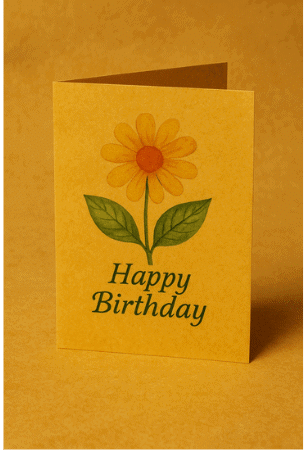
- For a paper mask: Cut the paper into a mask shape, add designs, and make holes for eyes. Tie a string to wear it.
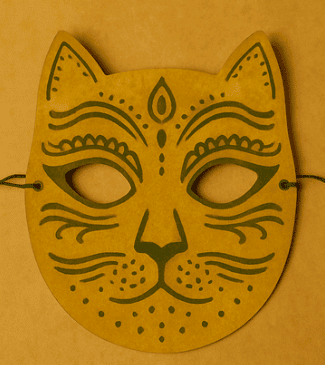
- Be creative and decorate your item with natural colours or patterns! For Eg: Paper Baskets
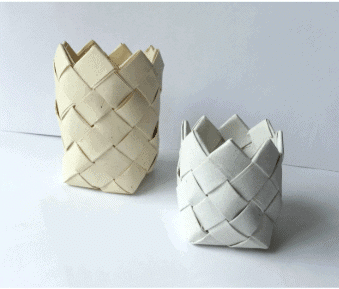
Page No. 122
Discuss
Q1: Do you think that we waste paper?
Ans: Yes, we sometimes waste paper. For example, we might throw away paper after using only one side or use too many tissues when one is enough.
Q2: How to reduce paper wastage?
Ans: We can:
- Use both sides of a paper for writing or drawing.
- Recycle old newspapers to make new paper.
- Use cloth napkins instead of tissue paper.
- Share books or notebooks with others instead of buying new ones.
Page No. 123
Activity 4
Different Types of Paper and Their Uses
Observe different types of paper like writing paper, newspaper, art paper, cardboard, and tissue paper. Paste small pieces of these papers and write their uses.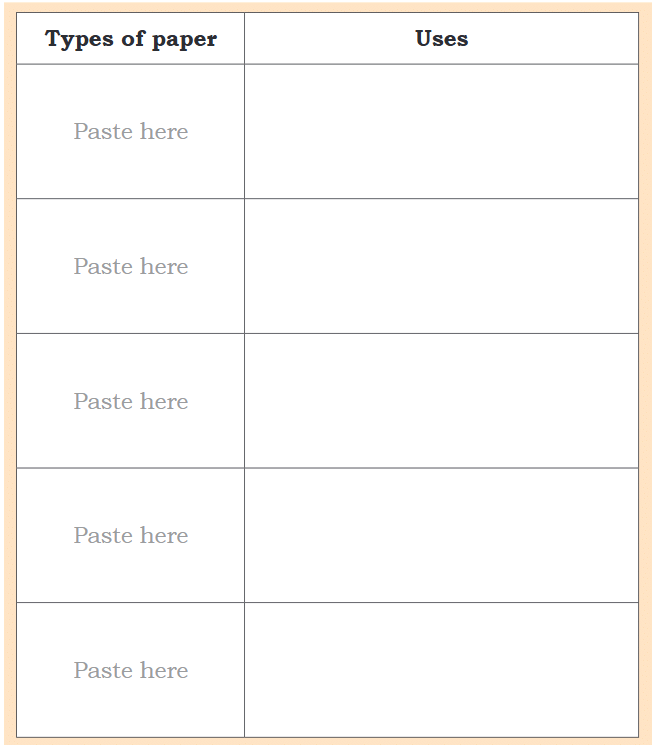 Ans:
Ans: 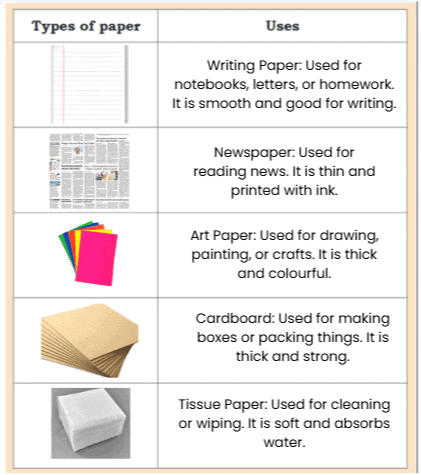
Page No. 125
Activity 5
Q: Discuss the following situations with your classmates and write which of the 5Rs (Refuse, Reduce, Reuse, Repurpose, Recycle) each belongs to: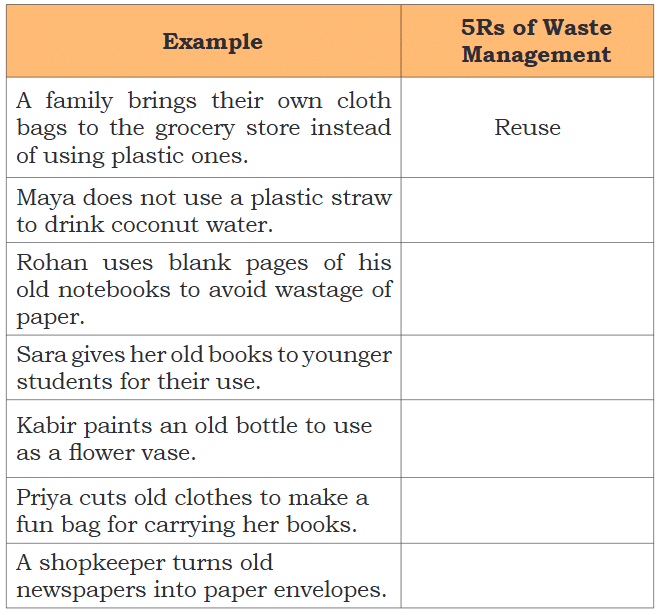
Ans: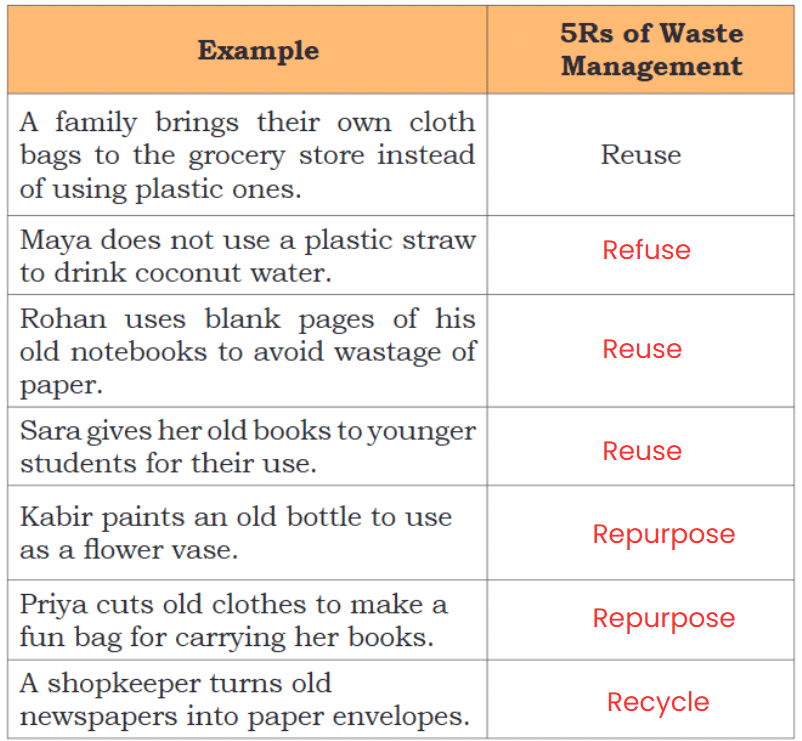
Page No. 127
Let us reflect
Q1: What are some objects that you can make using paper pulp? Ask your teachers and elders for more ideas.
Ans: Objects you can make using paper pulp:
- Greeting cards
- Paper masks
- Decorative bowls
- Bookmarks
- Small toys or figures
- Paper Baskets
Note: Ask your teacher or parents for more ideas, like making photo frames or paper beads!
Q2: Write down one step you can take for each of the 5Rs in the boxes given below.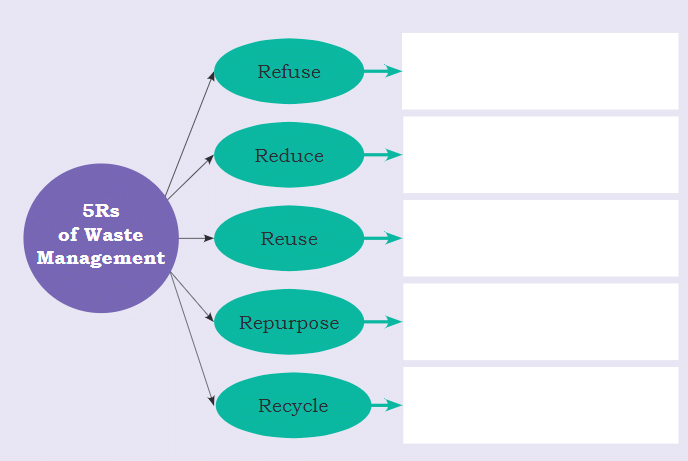 Ans:
Ans:
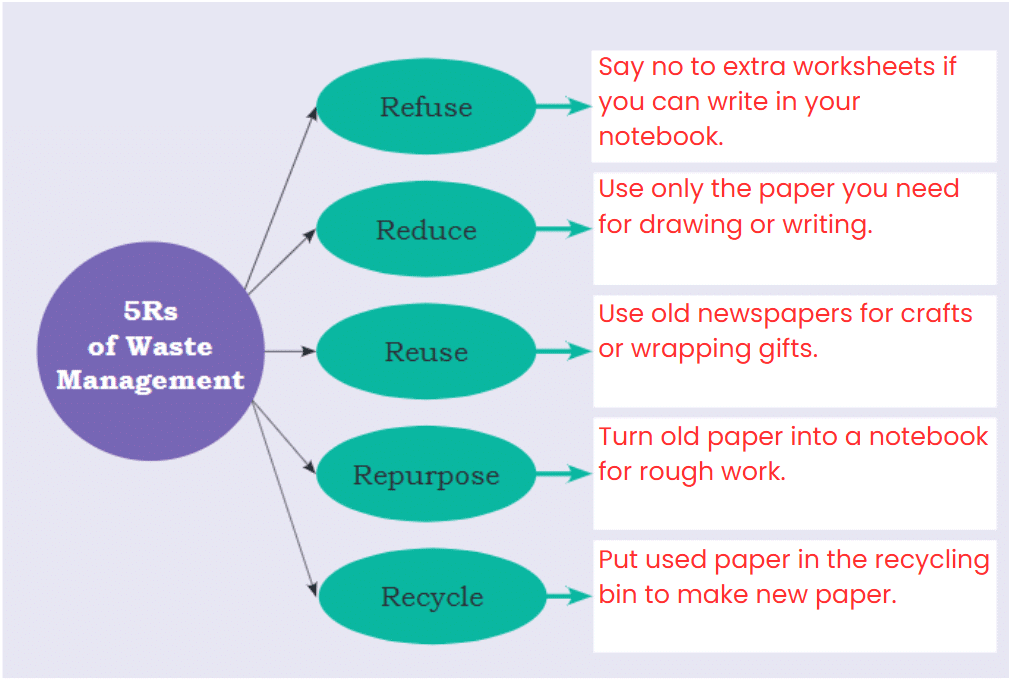
Q3: Discuss the changes you can bring in your daily life by using 5Rs rule to avoid wastage of paper. Complete the table with your ideas for creating these changes. Ans:
Ans: 
|
21 videos|111 docs|10 tests
|
FAQs on NCERT Solutions for Class 4 EVS Chapter 8 - How Things are Made
| 1. What are the main steps involved in the process of making everyday items? |  |
| 2. How does understanding the manufacturing process help us in our daily lives? |  |
| 3. Can you provide some examples of items that are commonly made using similar manufacturing processes? |  |
| 4. What role does technology play in the manufacturing of everyday items? |  |
| 5. Why is quality control important in the manufacturing process? |  |















